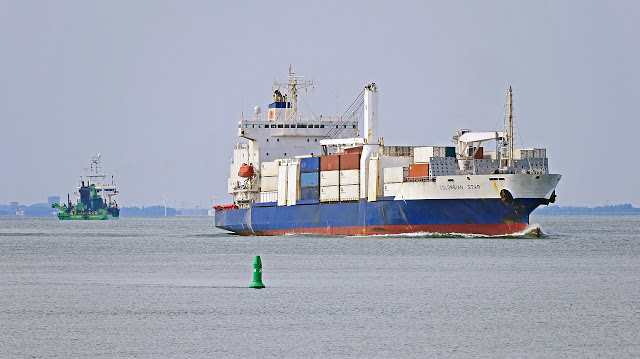The problem with most human endeavour is the
problem of moving with the tide and effect changes when it is needed.
problem of moving with the tide and effect changes when it is needed.
There have been profound changes in the Free Zone
concept and development approach, since the first modern zone was established
in Ireland in 1959, and even more fundamental changes are foreseen over the
next decade with full implementation of the WTO Agreement.
concept and development approach, since the first modern zone was established
in Ireland in 1959, and even more fundamental changes are foreseen over the
next decade with full implementation of the WTO Agreement.
This can be consented to by the expansion in the
types of Zones in both developing and industrialised countries. Countries are
now facilitating the development of Zones to meet specific objectives and
target markets. Traditional Export Processing Zones (EPZs) are increasingly being augmented and most times supplanted by new, more flexible arrangements. Hybrid EPZs
are the preferred model in most Central and East European Countries and
increasingly among many Latin American countries. Commercial Free Zones have
been the traditional development norm among most Middle East and North African
Countries, but this is a recent innovation in Asia, where Zone development has
emphasized export manufacturing.
types of Zones in both developing and industrialised countries. Countries are
now facilitating the development of Zones to meet specific objectives and
target markets. Traditional Export Processing Zones (EPZs) are increasingly being augmented and most times supplanted by new, more flexible arrangements. Hybrid EPZs
are the preferred model in most Central and East European Countries and
increasingly among many Latin American countries. Commercial Free Zones have
been the traditional development norm among most Middle East and North African
Countries, but this is a recent innovation in Asia, where Zone development has
emphasized export manufacturing.
Free Zones were traditionally developed as isolated
enclaves both in terms of their underlying policy framework, and in terms of
geographic location. Access to a generous set of incentives and privileges were
rigidly controlled. Qualifying firms typically had to be 80-100 percent export
oriented, for firms engaged in manufacturing activities.
enclaves both in terms of their underlying policy framework, and in terms of
geographic location. Access to a generous set of incentives and privileges were
rigidly controlled. Qualifying firms typically had to be 80-100 percent export
oriented, for firms engaged in manufacturing activities.
Zones were physically located in relatively remote
areas and near transport hubs, viewed primarily as “growth poles” for regional
development. Zones were exclusively developed and managed by government bodies.
areas and near transport hubs, viewed primarily as “growth poles” for regional
development. Zones were exclusively developed and managed by government bodies.
The above rigid approach has changed fundamentally
over the past two decades and it will continue to change, one of the major
changes in thinking has been to permit Zones to develop country wide and not
restrict them to growth poles or other designated areas. This may be in
response to the growing desire of private Zones developers and the increasing
number of private property development groups.
over the past two decades and it will continue to change, one of the major
changes in thinking has been to permit Zones to develop country wide and not
restrict them to growth poles or other designated areas. This may be in
response to the growing desire of private Zones developers and the increasing
number of private property development groups.





